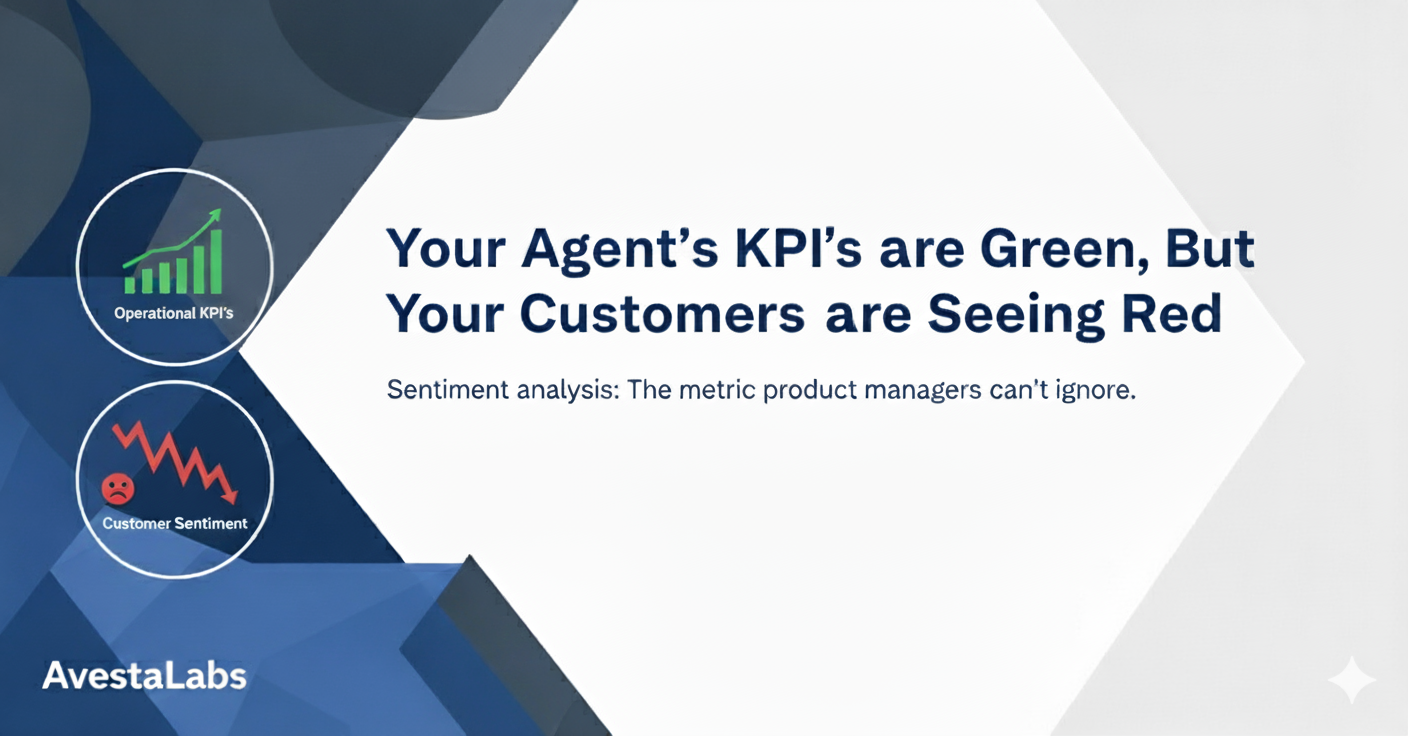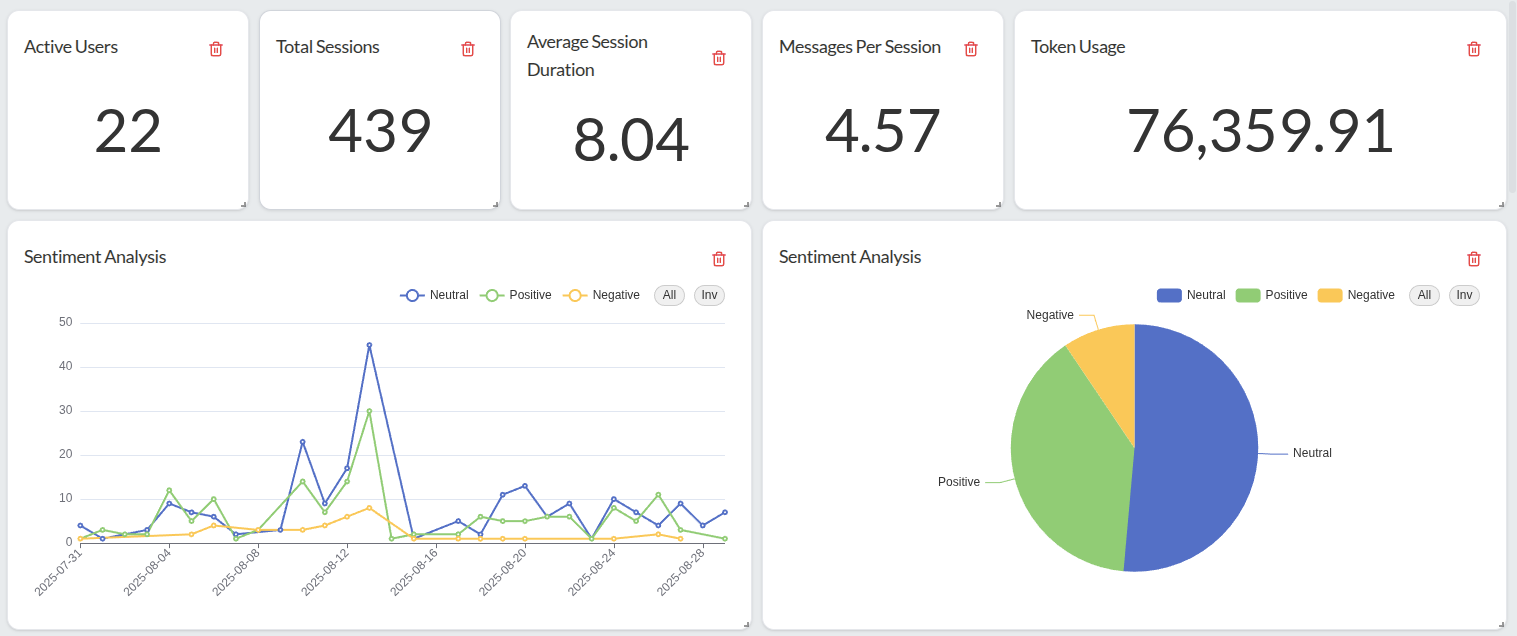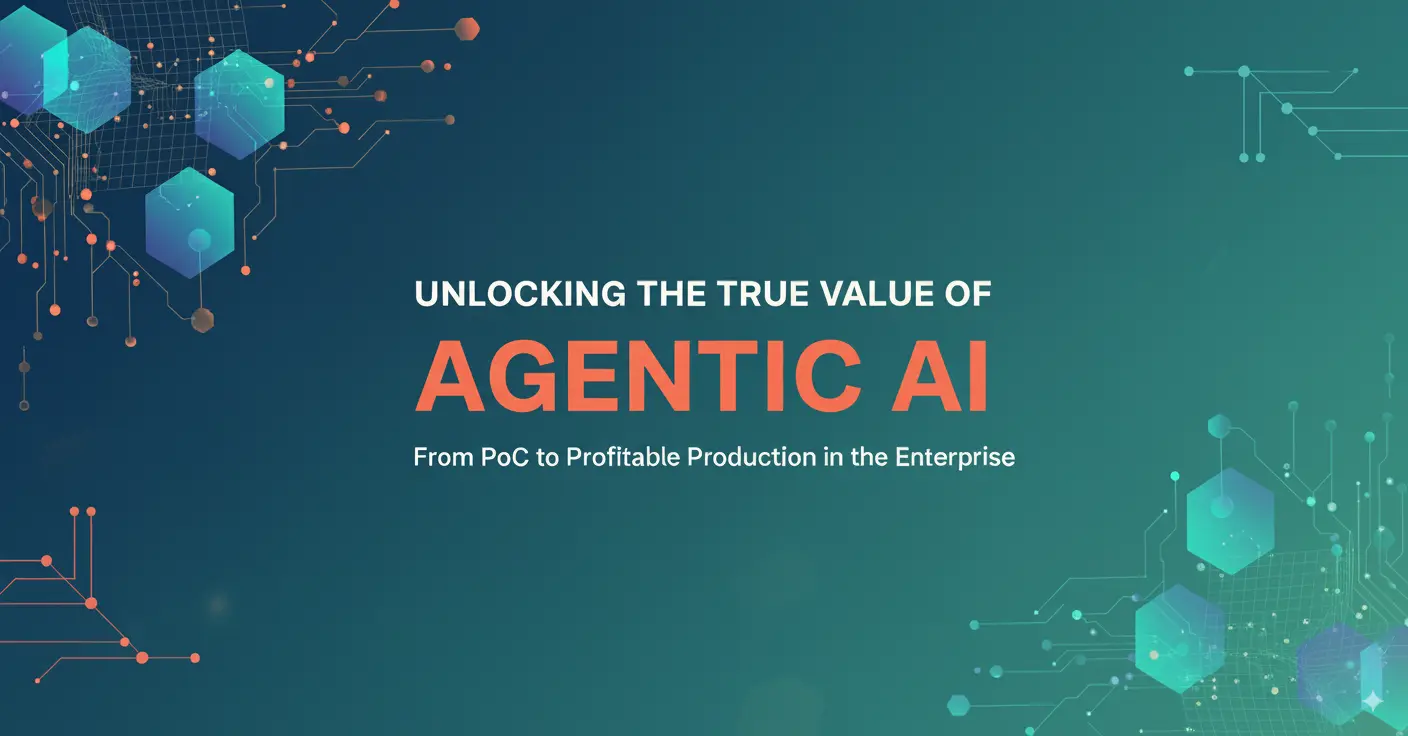
Your AI Agent's KPIs Are Green, But Your Customers Are Seeing Red
Your Agent's KPIs Are Green, But Your Customers Are Seeing Red
Chloe, a Product Manager at real estate firm in Sydney, was ready to call her new AI agent a success. It was live on their site, handling thousands of queries. The dashboard she presented to her team was a sea of green: engagement was high, response latency was under a second, and the number of messages per user was climbing. By all conventional measures, the launch was a home run.
Then, an email landed in her inbox from the support team, with the subject line "Frustrated customer feedback on the new chatbot." The user's message was blunt: "I asked a question about a property's school zone, and your bot just sent me generic links. I rephrased it, and it still couldn't give me a straight answer. I just gave up."
Suddenly, Chloe's green dashboard felt like a lie. How could the KPIs look so good, but the actual user experience be so bad? This is the critical blind spot for Product Managers in the age of AI: relying on operational metrics that measure activity, not satisfaction.
The Product Manager's Blind Spot: When Good KPIs Lie
As a PM, you live by your metrics. For AI agents, the standard toolkit is often inherited from traditional software monitoring:
- Conversation Volume: How many people are using it?
- Response Latency: Is it fast?
- Session Duration: Are users sticking around?
These numbers are essential for confirming your agent is online and functional. But they tell you absolutely nothing about whether it's successful. They can't distinguish between a user having a long, helpful conversation and a user trapped in a long, frustrating loop of clarification.
This gap between operational health and user value is where products fail. Relying on these metrics alone is like judging a restaurant's success by the number of people who walk in the door, without knowing if they enjoyed the food or ever plan to come back.
The First Step to Real Insight: From 'How Many?' to 'How Do They Feel?'
To truly understand your agent's performance, you need to move beyond system metrics and measure the user's experience. The first, most fundamental step in this journey is Sentiment Analysis.
It’s a simple but powerful concept: automatically analyzing the text of a conversation to determine if the user's tone is positive, mixed, neutral, or negative.
Think of sentiment analysis as the "truth layer" for your operational KPIs. It tells you the emotional context behind the numbers, revealing the difference between a happy, engaged user and a frustrated one.
At AvestaLabs, we built our MetricSense platform around this core principle. It acts as an instant feedback layer, turning every user conversation into a clear signal that tells you if you’re delighting or disappointing your users.

From Misleading Metrics to a Moment of Clarity
Chloe's biggest success metric was "high-engagement sessions"—conversations with a high message count and long duration. She believed this meant users were finding the agent valuable. The individual user's email created doubt, but it was just one data point.
Here’s how a PM like Chloe uses MetricSense to uncover the real story:
- The Flawed Assumption: Chloe looks at her internal dashboard showing that "high-engagement sessions" are up 20% month-over-month. This seems like a clear win.
- Applying the Truth Layer: She logs into MetricSense and filters for these same "high-engagement sessions." She then overlays the sentiment data and sees a shocking pattern. A large portion of her longest, most active conversations are overwhelmingly negative.
- The "Aha!" Moment: The insight is immediate and profound. What she has been celebrating as "engagement" is actually "frustration." Users aren't spending more time with the agent because they're happy; they're stuck in conversational loops, rephrasing questions, and struggling to get an answer. The KPIs weren't just incomplete; they were telling the exact opposite of the truth.
- The New, Accurate Story: Armed with this data, Chloe's role transforms. She can now go to her stakeholders with confidence and say, "Our previous assumption about user engagement was wrong. The data shows that many of our longest sessions are actually our most frustrating. We need to stop using session time as a success metric and start focusing on these negative conversations to understand the root cause of user friction."
Her victory isn't solving the underlying issue in one day; it's correctly identifying and quantifying the true user experience, which was previously invisible.
What This Means for You as a Product Manager
Integrating sentiment analysis isn't about adding another chart. It's about adding context and truth to the data you already have. It allows you to:
✅ Stop Reporting on Vanity Metrics: Confidently tell your stakeholders the real story behind user activity. Turn "session time is up" into "user satisfaction is up."
✅ Quantify User Frustration: Elevate individual user's complaints into a measurable KPI. Track negative sentiment over time to prove your improvements are having a real impact on the user experience.
✅ Make Better, Faster Decisions: Use sentiment trends as your earliest warning system. Spot issues and changing user moods long before they escalate into a wave of support tickets or churn.
✅ Build Genuine User Trust: By focusing on what users feel rather than just what they do, you can build an AI assistant that is genuinely helpful, not just functional.
Stop Guessing, Start Measuring
Your AI agent is one of the most important touchpoints in your customer journey. Assuming it's working well just because it's busy is a risk you can't afford to take.
Operational KPIs tell you if you've built the agent right. Sentiment analysis tells you if you've built the right agent.
Ready to see how your users really feel?
Partner with AvestaLabs to unlock true AI agent insights:
- Get an instant sentiment audit of your live agent.
- Full access to drill-down and conversation analysis.
- Implementation support from our technical team.
- No credit card required.
Get started in 5 minutes: hello@avestalabs.ai

Software Engineer with over a 11+ years of experience translating complex business challenges into effective, scalable solutions. I am passionate about leading high-performing teams to transform data into actionable intelligence, driving strategic growth.
Related Articles

Mastering Context Engineering: The Key to Building Effective AI Agents

Your AI's Most Valuable Answer Isn't 'Yes.' It's 'I Don't Know.'
